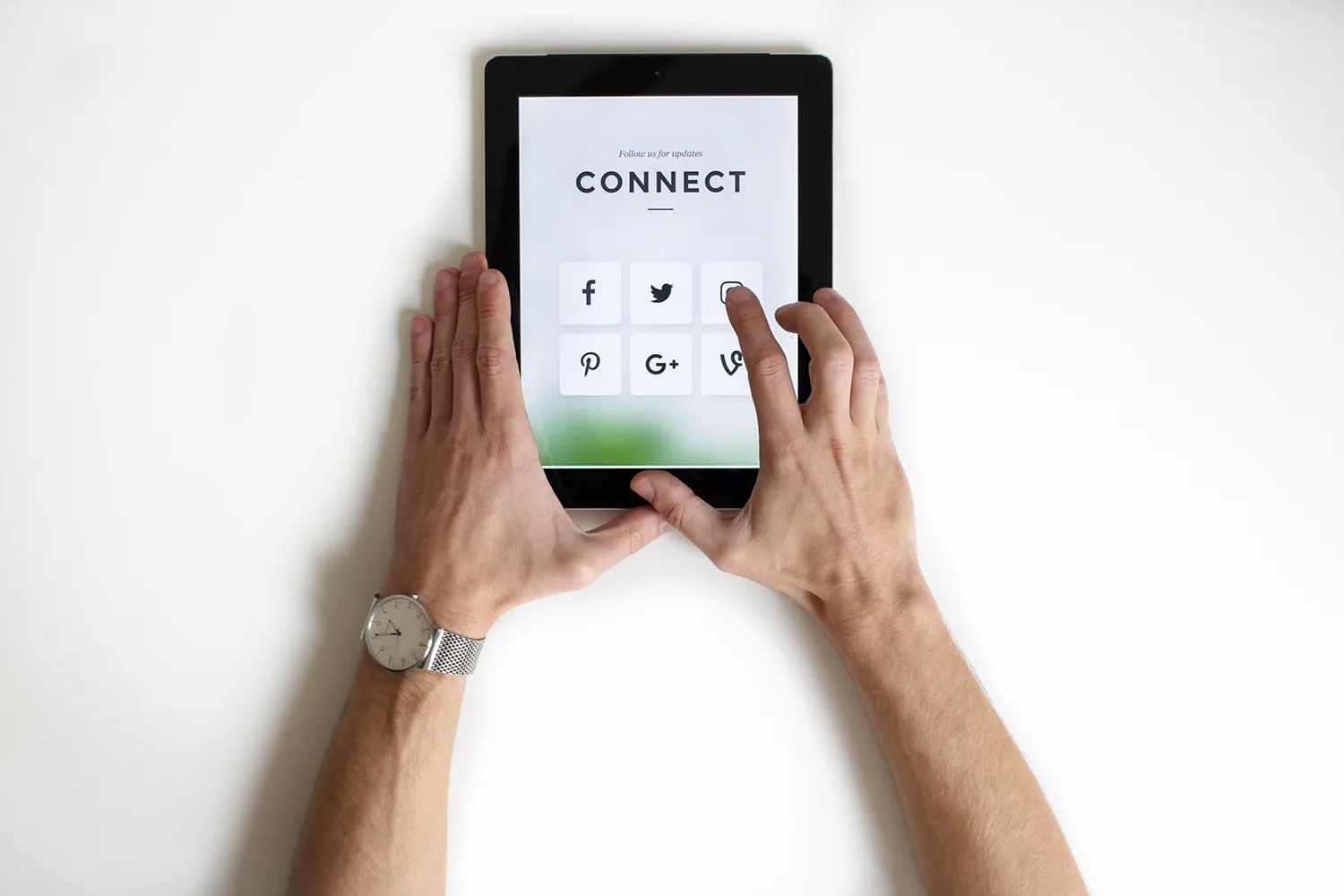

Table of Contents

Retailers across the country are using social media as tools to boost their in-store sales, and it’s working. You can find out how your online efforts are benefiting your brick-and-mortar store by keeping track of your foot traffic, sales transactions and conversion rates over time using a people counting system.
To make it easy for retailers, Facebook offers a business page template and Facebook Insights, an analytics platform. Combined with your in-store people counting system, you can compare and contrast your social media traffic to your brick-and-mortar foot traffic.
Like content marketers do with blogs, you can share local or brand-related information that you think will be useful to your friends, followers and customers so that they view you as a valuable resource. Post questions in your status asking your customers what they want to see in your store, which products they’re loving, which ones they’re hating – it’s like crowd sourcing or conducting a focus group. The good thing is, most users aren’t afraid to be brutally honest when they are able to hide behind their screen.
You can also provide your customers with an incentive to shop for your products by offering discounts to those who like your page or check-in.
Conducting a tweet chat shows that a retailer is interested in what its shoppers have to say. They also allow you to identify influencers and engage with them. A representative leading the chat is entrusted to relay the information while also identifying worthy consumer insights for the retailer. Participant feedback can potentially supply research. By listening to consumer concerns during tweet chats, retailers could get ahead of developing trends and possibly start looking at products.
You can also use Twitter like Old Spice, Taco Bell and Charmin do – they often joke with their followers. Old Spice and Taco Bell even poked fun at each other via tweets. People browse twitter for funny or interesting one-liners, not annoying sales pitches. Think of a funny or interesting way to talk about your store and products, enticing people to come in and take a look.
Tumblr blogs are a great resource for retailers because they serve many of the same functions as Facebook and Twitter, but allow them to customize their own pages to coincide with their vision or brand – without limitations on character count and restrictions on design. The site also allows users to share their posts on other social media.
Retailers like Ann Taylor, J. Crew, Kate Spade and Oscar de la Renta all have beautifully-branded Tumblr blogs.
Tumblr is ideal for retailers with a target audience who is young and hip. While the blogging platform has users of all ages, the majority of its user base is in their teens or early-to-mid 20s. These young bloggers often post pictures of clothing and products they want to buy, as well as review clothing and products they have already bought – making it a perfect platform for retailers.
These social media tools are perfect for retailers because they have become popular for their use of visually stimulating and aesthetically appealing images. Also, their users tend to spend a considerable amount of time scrolling through posts, browsing images of clothing and products they want to buy. Both can be accessed via the web and smartphones, making your brand extremely accessible.
Martha Stewart, Bergdorf Goodman and Anthropologie are among the many retailers who use Pinterest.
Here are a few ways to use them:
After taking these steps, you can measure how they have contributed to in-store success with your people counting system. Is your foot traffic increasing as your web traffic does? Are people finding out about your brick-and-mortar store through hash tags?
Monitoring your foot traffic will allow you to know if your social media marketing efforts have been effective. Stagnant results could mean that something is wrong – posting too much, not posting enough or not speaking to the right audience.